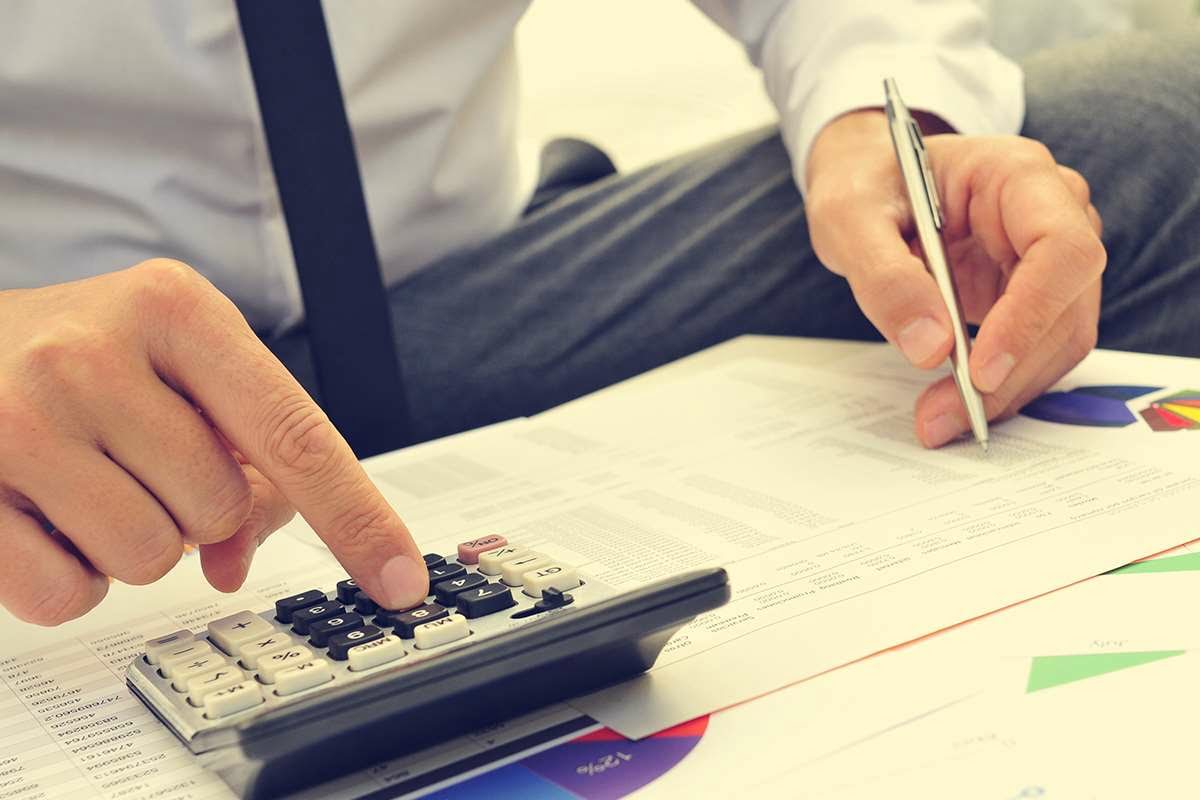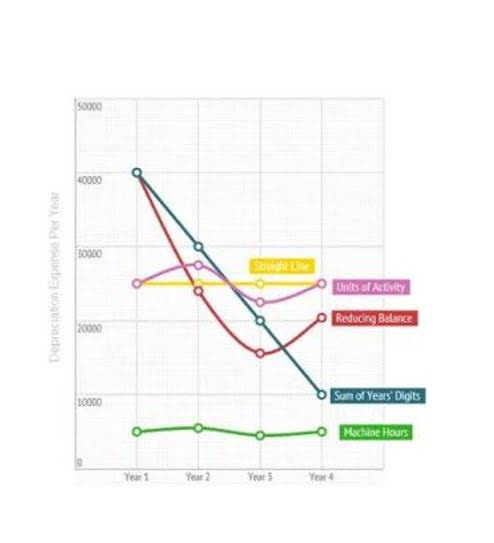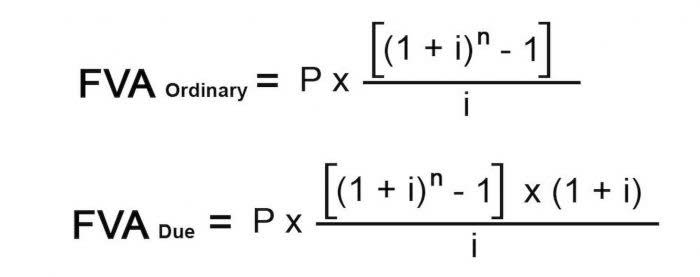Residual Value Explained, With Calculation and Examples

Salvage value plays a pivotal role in financial reporting as it directly impacts the depreciation expense recorded on financial statements. By estimating https://g-salud.com.ar/what-are-retainer-fees-for-lawyers/ the salvage value, businesses can accurately gauge the depreciation that should be allocated over an asset’s useful life. This ensures compliance with accounting standards, maintains the integrity of financial data, and presents a realistic view of an organization’s value. Understanding scrap value is important for businesses as it impacts financial decisions and asset management.
- These methods help businesses accurately assess the residual value of their assets for financial reporting and planning.
- Manufacturing and EquipmentIn manufacturing, machinery often has a significant salvage value, impacting budgeting and investment decisions.
- It’s based on what a company expects to receive in exchange for the asset at the end of its useful life, whether it be through selling or parting out the asset for salvage.
- This estimation reflects the expected selling price of the asset minus the costs of removal or sale.
- It plays a significant role in calculating an asset’s depreciation schedule and determining its carrying value on a balance sheet.
- Sometimes, the thing might be sold as is, but other times, it might be taken apart and the pieces sold.
Powerful API Integrations That Will Transform Your Business Operations

Regular reassessment is crucial to ensure accurate financial reporting and adaptability in asset management strategies. Defining salvage value means what is salvage value in accounting estimating the amount an asset will be worth at the end of its useful life, after accounting for depreciation. It reflects the expected disposal value after costs like removal or sale, crucial for calculating depreciation and financial planning. When calculating salvage value, it’s essential to distinguish between before-tax and after-tax implications to achieve accurate financial assessments. The before-tax salvage value represents the estimated cash inflow from selling an asset at the end of its useful life.
Step 1: Determine Initial Cost

If a company wants to front-load depreciation expenses, it can use an accelerated depreciation method that deducts more depreciation expenses upfront. Many companies set the salvage value at $0, believing the asset’s use matches its revenue over its life. Book value (also known as net book value) is the total estimated value that would be received by shareholders in a company if it were to be sold or liquidated at a given moment in time.

How salvage value is determined

Simply put, salvage value is the estimated book value of an asset after all depreciation has been fully expensed. This value represents what a company expects to receive upon selling or parting AI in Accounting out the asset at the end of its useful life. In conclusion, salvage value is a critical factor when calculating depreciation using various methods. Depreciable amount refers to the total accumulated depreciation after all depreciation expense has been recorded. The carrying value is the historical cost minus accumulated depreciation up to that point. Historical DataAnalyzing historical data from similar assets within a company or industry can provide valuable insights into accurate salvage value estimation.
Common approaches to estimate salvage value

Some industries also have standardized percentages for salvage value based on asset type and lifespan. Straight-line depreciation is a popular method that involves equal depreciation expenses each year until the entire asset is depreciated to its salvage value. The declining balance and double-declining balance methods, on the other hand, deduct more depreciation upfront due to their accelerated nature and require an initial salvage value estimate. By understanding these methods, you’ll gain insights into how they differ from straight-line depreciation and their implications on asset valuation. One important accounting concept that comes into play is the matching principle. According to this concept, a company must recognize expenses in the same period as the related revenues are earned.
- Taking these factors into account supports accurate financial portrayals and maintains stakeholder trust.
- Value investors look at the difference between a company’s market capitalization and its going-concern value to determine whether the company’s stock is currently a good buy.
- The carrying value is what the item is worth on the books as it’s losing value.
- Discover how scrap value impacts asset depreciation and financial statements, with insights into calculation methods and industry variations.
- ABC expects to then sell the asset for $10,000, which will eliminate the asset from ABC’s accounting records.
Fixed Asset Management Services
Salvage value can sometimes be merely a best-guess estimate, or it may be specifically determined by a tax or regulatory agency, such as the Internal Revenue Service (IRS). Depending on the depreciation method used, the value of the camera at the end of those 7 years is the salvage value of that asset. So, before you can calculate the scrap value, you must first estimate the depreciation rate. You also need to know how long the item will last, i.e., the asset’s useful life. Different countries and industries follow varying tax rules regarding salvage value.